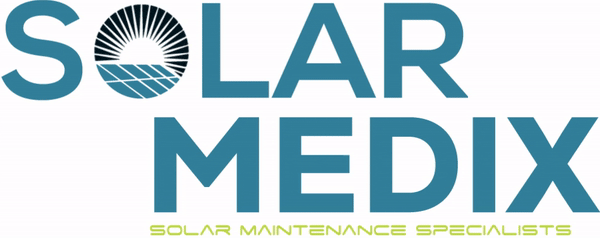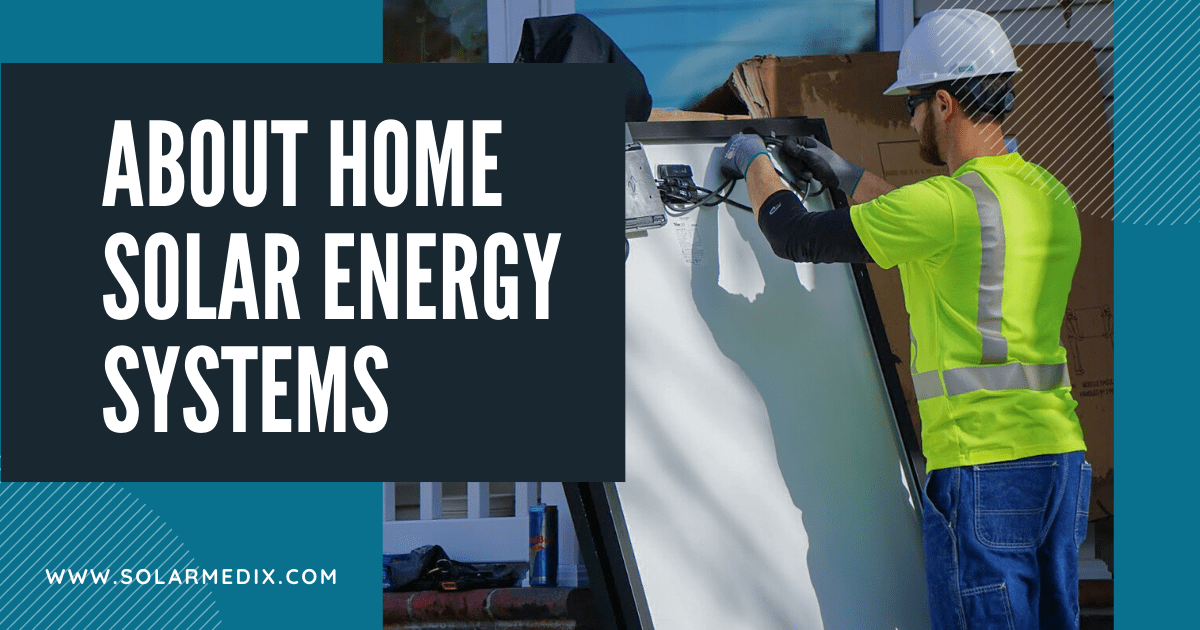In the US, a growing number of people are installing home solar energy systems. The main goal is to cut down energy costs in the long-term while also reducing their carbon footprint.
Besides that, the reduction in cost and improved efficiency of solar power systems has helped boost uptake. However, many people do not understand the basics of a home solar power system.
What are Home Solar Energy Systems?
A home solar energy system entails solar panels mounted on the roof are working in tandem with other components. The solar panels absorb energy from the sun and convert it into electricity for use with the home. A solar power system comprises the following basic components:
- Solar Panels
- Solar Racking & Placement
- Solar Inverter
- Solar Monitoring System
- Solar Storage
Solar Panels
The solar panels are the main component of the home solar system. When picking solar panels, you should consider the cost, efficiency, warranty terms, and technology used. There are several popular brands of solar panels from which to choose.
The two main types of panels used in homes are polycrystalline and monocrystalline panels. They are quite similar in their efficiency. However, monocrystalline solar panels are slightly more efficient, and they cost slightly more.
When picking the number of solar panels to use, these factors should be examined:
- The amount of energy you consume
- Usable roof space
- Climatic conditions
- Peak sun intensity in your area
- The availability of net metering
- The efficiency rating of the panels
With the help of a professional installer, you can quickly understand how many solar panels you need while keeping costs in check. There are also solar panel size calculators you can find online.
Solar Racking & Placement
Racking is the mounting system used to install the solar panels on the roof. They are used to help angle the solar panels to ensure optimal sun exposure.
Solar Inverter
Inverters are how electricity from the solar panels in the form of Direct Current (DC) is converted into Alternating Current (AC) for use in your home.
There are three main types of solar inverters.
String Inverters
These are usually the least expensive. However, they can be inefficient, especially if there is reduced production due to shading on the roof.
Micro Inverters
These inverters are small and attached to each solar panel. They allow for the efficient operation of the solar system. However, they usually cost more.
Power Optimizers
These inverters are installed on each panel. They optimize the output of each panel, which is then sent to a string inverter. They cost less than a microinverter, but they cost a bit more than string inverters.
Solar Monitoring System
The monitoring system is used to check how your solar system is performing. It shows you how much power is being generated throughout the time the solar system is installed. The monitoring system helps to identify potential changes in performance. It can help to determine if the system needs repairs.
Solar Storage
Solar energy can be stored for use at night. For this purpose, batteries with large capacity are used. The solar storage system allows the home solar system to operate when the grid is offline.
Depending on your location, solar storage could be replaced with net metering. It allows you to send excess power to the grid for electricity credit. In this case, you will use the grid as your storage system.
Learn More About Home Solar Energy Systems
There is a lot that goes into understanding all of the key components in what makes home solar energy systems work. You’ve learned the basics of panels, placement, converting the energy, monitoring, and storage.
If you have any questions at all about home solar energy systems and PV maintenance, please contact us today.













